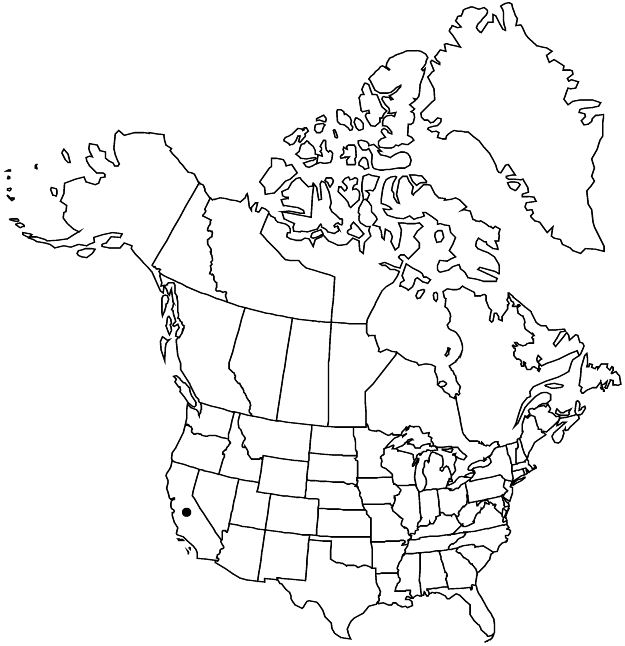Malva pseudolavatera
Hist. Nat. Îles Canaries 3(2,1): 29. 1836.
Herbs, annual, biennial, or perennial, 1–3 m, sparsely stellate-hairy. Stems usually erect, rarely prostrate, base not woody. Leaves: stipules deciduous, broadly lanceolate to ovate, 4–4.5 × 2 mm, papery, sparsely puberulent, ciliate, hairs simple; petioles of proximal leaves to 3.5 times as long as blade, usually equaling blade on distal portion of stems, stellate-hairy to glabrate; blade suborbiculate, 4–10 × 4–10 cm, base cordate, surfaces sparsely stellate-hairy, 3–4 mm, equaling to shorter than calyx, margins entire, apex obtuse, surfaces stellate-hairy. Flowers: calyx (4–)7–8 mm, to 11 mm in fruit, densely soft stellate-hairy; petals pale pink to white, sometimes drying bluish, usually with 3 darker veins, 10–16 mm, length 2 1/2–4 times calyx; staminal column 5 mm, densely stellate-hairy; style 7–10-branched; stigmas 7–10 (same number as locules). Schizocarps 9–12 mm diam., style base often expanded and disclike; mericarps 7–10, 4 × 4 mm, margins rounded, smooth, usually cross-ridged, surfaces usually glabrous. Seeds brown, 2.5–2.7 mm. 2n = 44, 112.
Phenology: Flowering mostly Apr–Jun.
Habitat: Disturbed areas, coastal bluffs, dunes
Elevation: 0–800 m
Distribution

Calif., Europe, w Asia, n Africa, Atlantic Islands (Canary Islands), introduced also in South America (Ecuador), s Africa, Pacific Islands (New Zealand), Australia.
Discussion
Malva pseudolavatera is naturalized in California along the coast and apparently is spreading. The name M. multiflora (Cavanilles) Soldano, Bamfi & Golasso (based on Malope multiflora Cavanilles) has been proposed as the correct name.
Selected References
None.